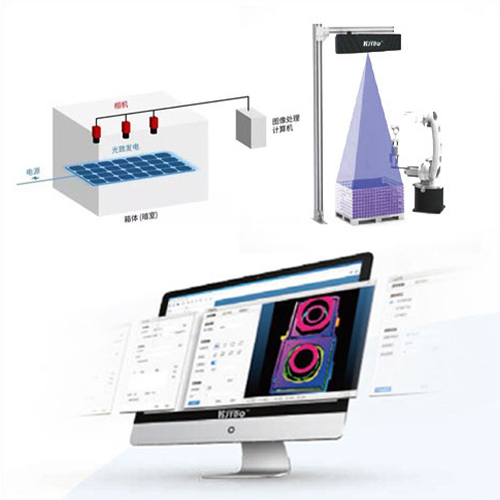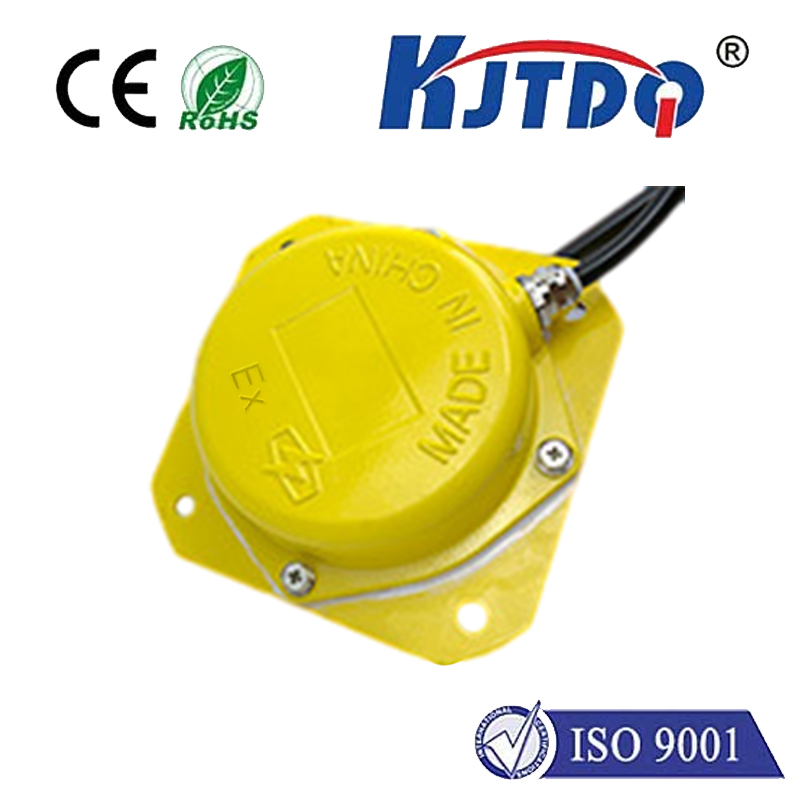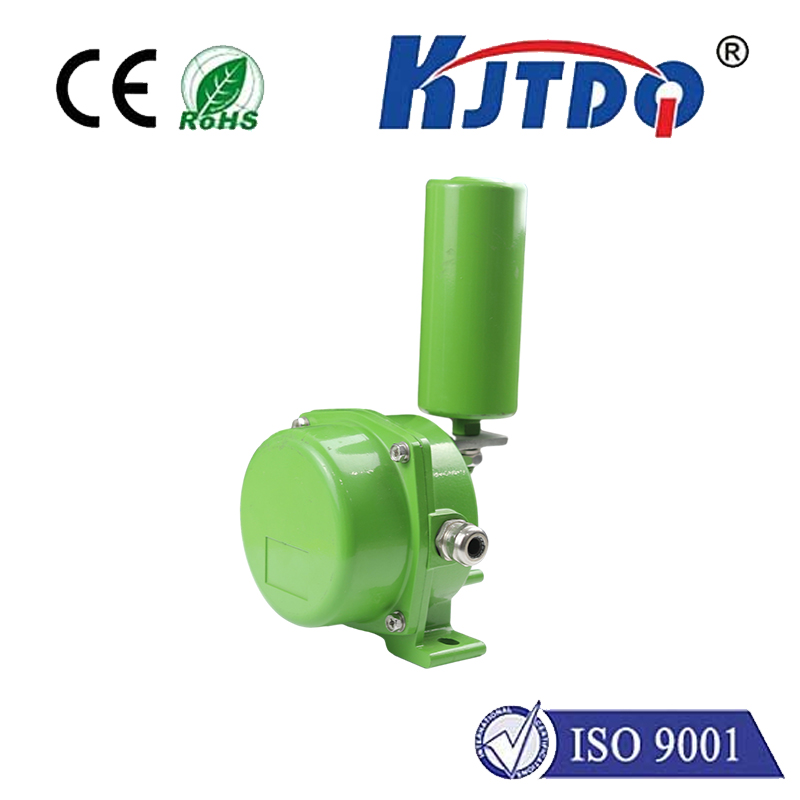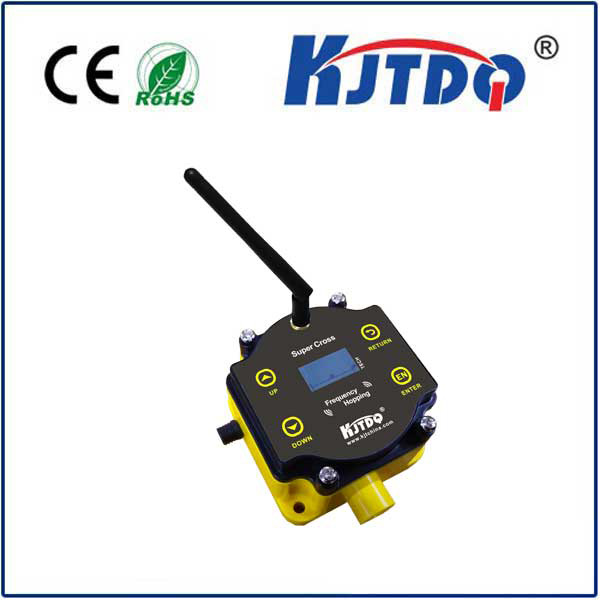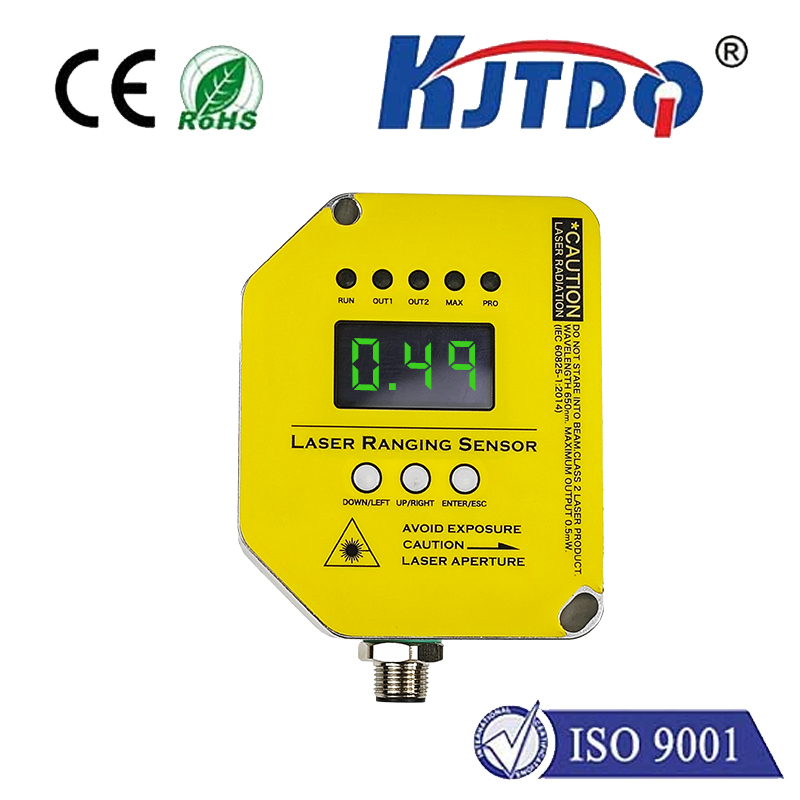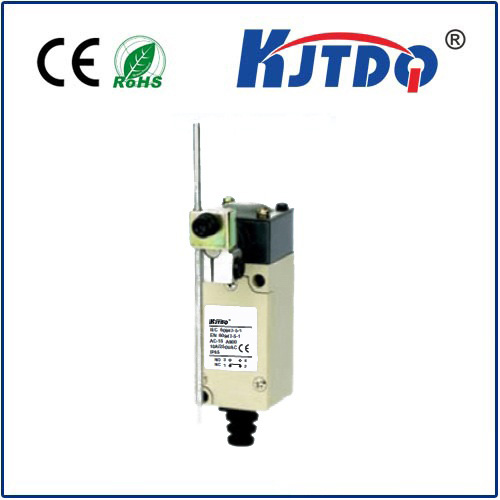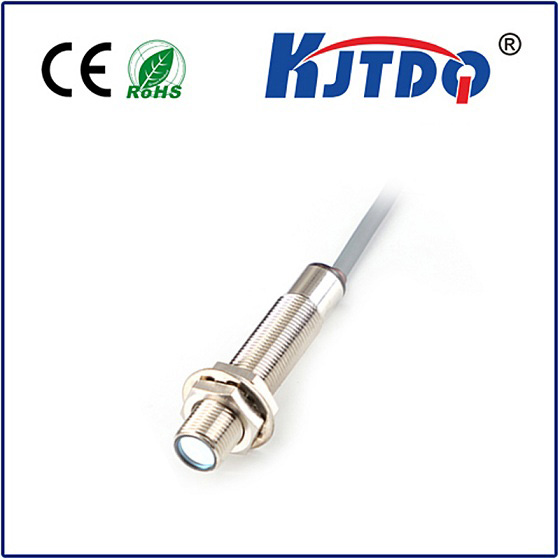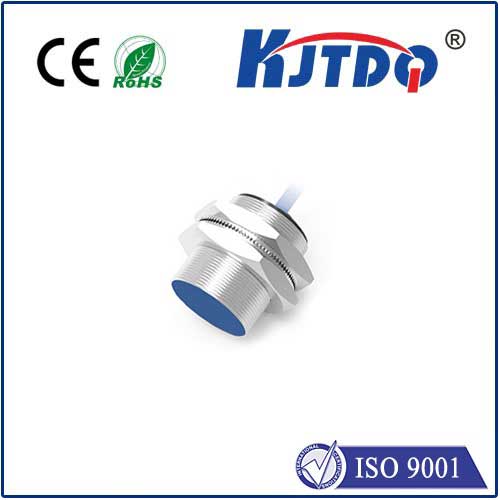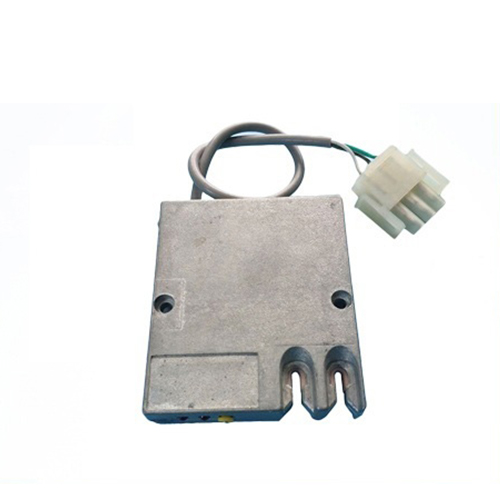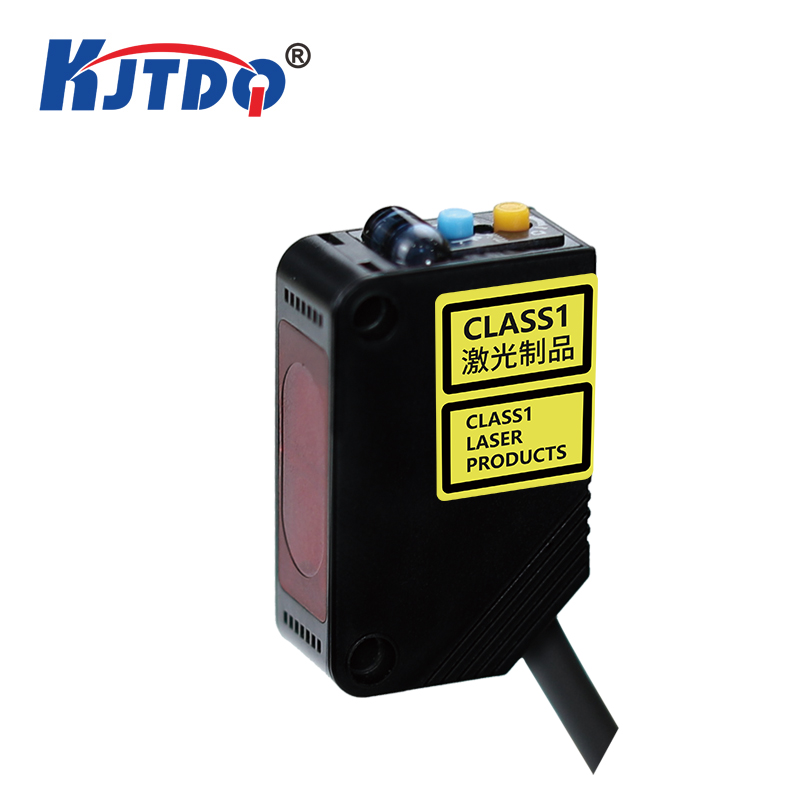homing switches
- time:2025-08-04 13:10:09
- Нажмите:0
Homing Switches: The Unsung Heroes of Precision Motion Control
What if your machine always knew exactly where ‘home’ was, no matter how far it traveled or how many cycles it completed? This fundamental need for positional certainty in automated systems is elegantly solved by a critical, yet often overlooked component: the homing switch. Far more than simple limit detectors, homing switches are the cornerstone of establishing a reliable zero-point reference, enabling machines to start operations consistently and accurately, time after time. Understanding their function and importance is key to unlocking the full potential of precision automation.
Demystifying Homing Switches: Beyond Simple Limits
At its core, a homing switch (sometimes called a home sensor or reference switch) is a specialized sensor strategically placed on a linear axis, rotary stage, or robotic joint. Its primary mission is singular: to reliably detect when a moving component reaches a specific, predefined physical location – designated as the “home” or “reference” position. This position serves as the absolute origin point for all subsequent movements commanded by the machine’s controller.
It’s crucial to distinguish homing switches from their close cousins, limit switches. While limit switches act as safety sentinels, preventing movement beyond safe mechanical boundaries (like end-of-travel stops), homing switches are about establishing a known starting point. Think of limit switches as fences marking the edge of a field, while homing switches are the flag planted precisely at the starting line for every race.
How the Homing Sequence Unfolds: A Dance of Precision

The homing routine is a fundamental calibration process that occurs at machine startup or after a system reset. This is where the homing switch takes center stage:
- Initiation: The controller commands the axis (motor, actuator) to move slowly towards the anticipated home position area.
- Triggering: The moving part (often a protruding flag or target attached to the carriage) physically interacts with the homing switch.
- Signal Generation: This interaction causes the switch to change state – typically opening or closing an electrical circuit – sending a clear, unambiguous electrical signal back to the controller.
- Controller Recognition: The controller instantly registers this homing signal as confirmation that the home position has been reached.
- Position Reset (Indexing): This is the critical step. Upon receiving the signal, the controller resets its internal positional counters or encoders to precisely zero (or another predefined value) corresponding to the home location. This establishes the absolute reference point.
- Deceleration & Stop (Optional): Depending on the homing strategy, the controller may command an immediate stop or a small reversal motion off the switch to ensure consistent, repeatable triggering without excessive force (bounce).
Why Homing Switches Are Indispensable: The Pillars of Automation Reliability
Their role may seem simple, but the consequences of not having reliable position referencing are severe:
- Absolute Accuracy: Encoders track movement relative to a starting point. Without homing, a system has no inherent knowledge of its actual absolute position in physical space after power loss or a reset. Homing provides that ground truth.
- Guaranteed Repeatability: Even the highest precision systems experience minor cumulative errors over time or due to environmental factors (thermal expansion, vibration). The homing sequence eliminates this drift, returning the axis to the exact same physical location repeatedly, ensuring consistent operation cycle after cycle.
- Collision Prevention & System Safety: Knowing the precise starting positions of all axes allows the controller to calculate safe, non-colliding paths for complex coordinated movements.
- Calibration & Setup: Homing provides the baseline for calibrating other sensors or tools attached to the moving platform. It’s the sine qua non for multi-axis synchronization.
- Recovery from Faults: After an unexpected stop, power failure, or overload condition, homing provides the only way to reliably re-establish known positions across the entire machine without manual intervention.
Universal Applications: Where Precision Begins
The need for a known starting point permeates automation:
- CNC Machinery: Ensuring milling spindles, lathe tools, and cutting heads start from the correct zero position relative to the workpiece.
- Industrial Robotics: Calibrating the exact position of robot arms and end-effectors for precise assembly, welding, painting, or pick-and-place operations.
- 3D Printers & Additive Manufacturing: Establishing the precise build plate or extruder nozzle starting height (Z-axis home) is critical for first-layer adhesion and print quality.
- Linear Motion Systems: Positioning gantries, slides, and stages in automation cells, semiconductor manufacturing, and medical devices.
- Automated Assembly Lines: Ensuring components are presented and assembled in the correct location reliably.
- Packaging Machinery: Guaranteeing filling heads, sealing jaws, and labeling units start each cycle in the exact calibrated position.
Choosing the Right Homing Switch: Key Considerations
Not all homing switches are created equal. Selecting the optimal type depends heavily on the application’s demands:
- Mechanical Switches: Robust, cost-effective, and simple. Actuated by physical contact (a lever or plunger). Prone to wear over time and susceptible to vibration-induced chatter. Best for less demanding, lower-precision applications.
- Optical Switches (Photoelectric): Non-contact sensing using infrared or visible light beams. A flag interrupts the beam. Offer high precision, fast response, and long life. Sensitive to contamination (dust, oil obscuring the lens) and ambient light interference. Ideal for clean environments demanding high accuracy.
- Magnetic Switches:
- Hall Effect: Detect the presence of a magnetic field without contact. Highly reliable, immune to dust/moisture (if properly sealed), long operational life. Excellent precision and repeatability. Requires a magnet target.
- Reed Switches: Contain ferromagnetic reeds that close when near a magnet. Simple and inexpensive, but generally offer lower precision and can be prone to shock/vibration sensitivity compared to Hall effect. Also require a magnet.
Critical Selection Factors:
- Required Precision & Repeatability: How critical is exactly finding the same point repeatedly? This drives the choice towards optical or Hall effect sensors.
- Operating Environment: Consider dust, moisture, oil, temperature extremes, and vibration. Hall effect or sealed optical sensors excel in harsh conditions.
- Speed: How fast will the axis approach the home position? Ensure the switch’s response time (especially release time for mechanical) is sufficient.
- Mounting & Target: Physical space constraints dictate switch size. Ensure compatible target flags or magnets can be reliably mounted.
- Electrical Interface: Match the switch’s output signal (PNP/NPN, voltage level) to the controller’s input requirements.
- Lifecycle: High-cycle applications demand non-contact sensors (optical, magnetic) for longevity.
- Cost: Balance performance needs against budget.
Installation and Optimization: Getting It Right
Proper implementation is as vital as selecting the right switch:
- Positioning: Mount the switch securely where the exact desired home position needs to be established. Ensure the moving target consistently interacts at this point.
- Alignment: Critical for optical and magnetic switches. Misalignment can cause inconsistent triggering or missed signals.
- Wiring: Use shielded cables for long runs, especially in electrically noisy environments, to prevent signal interference. Secure connections are paramount.
- Homing Routine Parameters: Configure the controller’s hom

